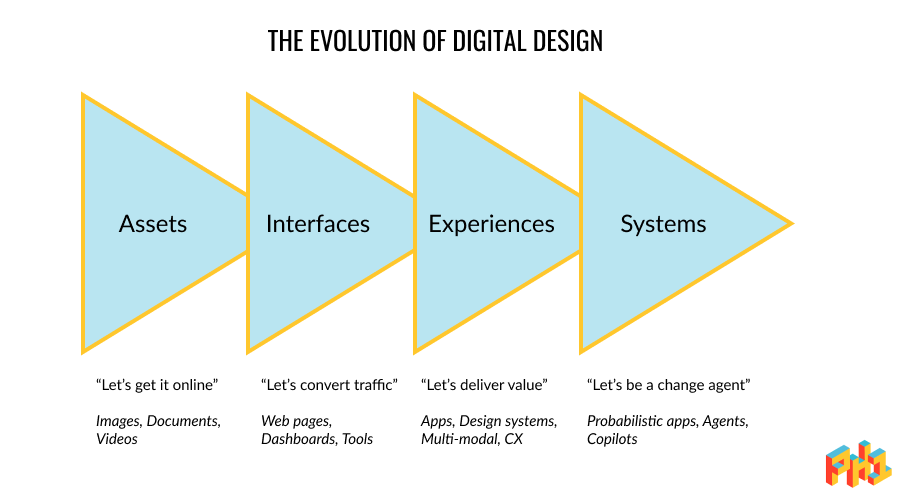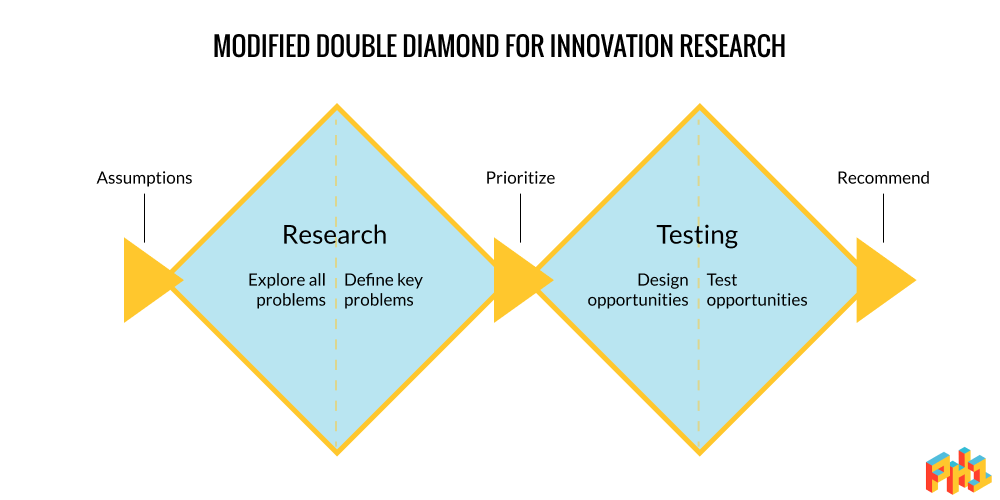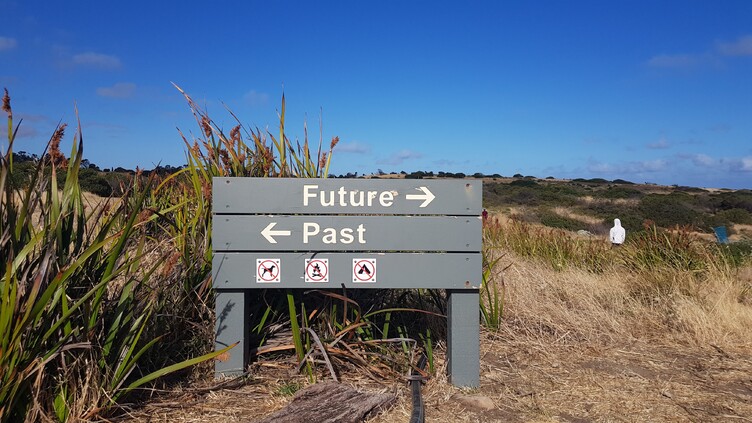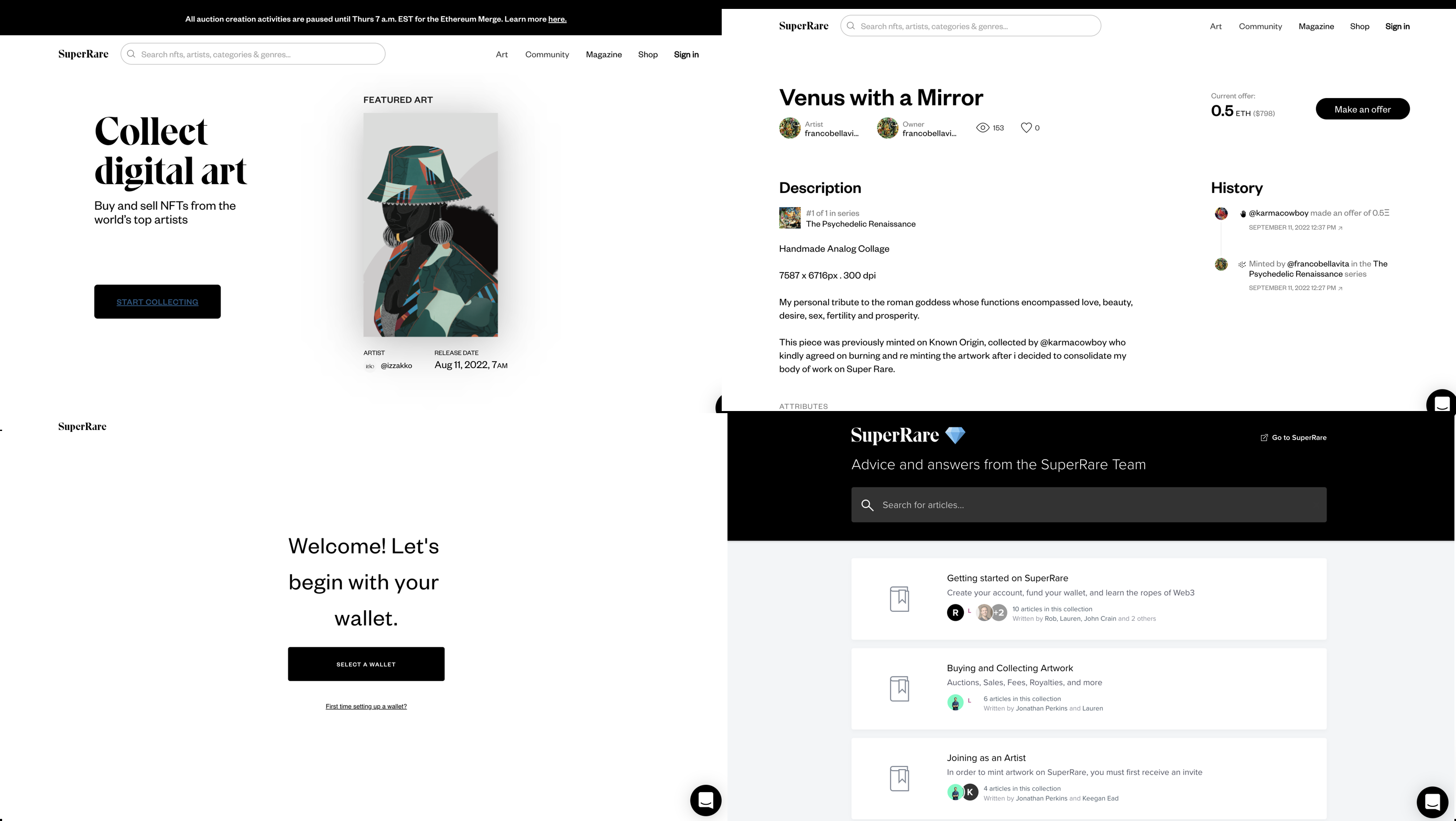


Innovation methodology
Turning Fandom into Revenue with Web3
– By Arpy Dragffy
Everyone is a fan of something. Fandom is a personal expression of moments, connections, and sensations.
Fandom is one of the most powerful forces on earth. It connects the now to the past. We feel willing to do anything to get back to that perfect sensation. Like falling in love, sometimes it’s wrong and we won’t accept anyone telling us we’re wrong.
From a commercial perspective, fandom is powerful because super fans are willing to pay anything to relive those moments. Think of your uncle whose prized possession is an autographed photo from the playoff game he attended. Or think of your friend who will fly anywhere to see their favourite band live. There’s immense, untapped revenue to be gained by understanding the variable pricing each of these audience segments is willing to pay.
Nurturing and monetizing fandom requires three key components that businesses currently struggle with:
Being able to interpret and separate consumers from fans and super fans.
Understanding the value propositions and value creators that each tier are captivated by.
Determining a variable pricing model to best monetize each tier.
Traditionally events and secondary markets have been the best way to convert fandom to revenue. They bring all the qualities together that fans desire:
Rarity of circumstance
Variety of access levels
Audience linked by exclusivity
Events and secondary markets can be achieved with only Web2. But they simply won’t scale, nor provide the trust and segmented access that enables optimal monetization of all demand. Imagine how much more efficient a secondary marketplace is when it has one hundred thousand prospective buyers compared to one hundred. That’s the benefit of the scale provided by blockchain-enabled Web3 marketplaces. And that scale enables marketplaces, like NBA Top Shot, to build thriving and innovative communities of collectors. Web3 communities make it possible to align incentives from top to bottom, across all types of fans within an ecosystem, so that their preferred level of engagement is rewarded appropriately.
Understanding this is the key to the Web2 vs. Web3 debate: If you’re simply looking to create a new revenue channel from fans, then Patreon, Substack, or selling digital goods will work fine. If your mission is to make your engaged fanbase the biggest differentiator of your brand, then you need to explore Web3. To be fair, there are few examples of the possibilities yet. But the potential to disrupt industries could be as significant as Napsters and MP3s had on the music industry.
Let’s dig into how to monetize fandom with Web3.
#1 Research what unites your fanbase
Fans are a subset of consumers. They aren’t united by utility, they are by emotional attachment. But to what? What emotions are they chasing? What initiatives have stoked these emotions? How would they explain their fandom to others? You need to boil your special brand of fandom down to a mission and pillars that guide their culture and ethos.
Example: Think about being a Raiders or Browns fan in the NFL. They’re two of the most rabid fan cultures. They’re also consistently terrible. What unites their fan culture?
#2 Investigate what stratifies your fanbase
One of the defining qualities of fan bases is that they aren’t equal. Superfans will go to the ends of the world to attain something that an average fan would never consider. Why do they behave differently? What metric best defines this difference that stratifies them? You may think it is socio-economic but usually, it has more to do with exposure and personal relevancy.
Example: Think about Beatles fans. Few are willing to pay thousands to own the clothing they wore during their 1969 live tour. Chances they are people from that generation but how does that explain those in their 30s who are even more deeply connected?
#3 Conceptualize new models of delivering value to fans, and from fans
Imagine you had 10 super fans and 100 fans in a room together. What type of community would it need to be to have all 110 participating? How would the 10 super fans need to engage and deliver value differently than the 100 fans? Their questions are critical to answer because they not only guide the desired value propositions but also the vision from which exclusivity and equitability are derived. The two countering and balancing forces are the exponential capability that Web3 can provide to your business.
Example: If those 110 were asked to build the perfect fan community, what could the super fans uniquely inject into the community? What could the average fan inject? What would the incentive be to all to do so?
#4 Co-design a new vision for your brand and community
Based on everything you’ve uncovered so far are you created a set of creator tools, marketplace, or decentralized autonomous organization (DAO)? As a rapid prototyping exercise, you’ll need to explore different implementations and tactics to see which would bring your strategy to life best, given the fan base. It is most effective to test with simple concepts and easily understood vision statements. Comprehensibility is key to getting actionable feedback.
Example: What should a fan community about Mercedes-Benz look like today? Would it look more like a community for Figma design software, with novel plugins, or like a Pixar community, with exclusive content about the ‘making-of’?
#5 Test, build, measure, improve toward a new future
Monetizing fandom with Web3 is an iterative process. Value propositions will need to be developed, pricing adjusted, and engagement tactics refined. At the core of a thriving Web3 ecosystem is the need for balance. Too much incentivization to superfans and there isn’t enough reason for fans to deliver value into the ecosystem. Depending on if you’re a marketplace or DAO, this can result in an increase in investors or an abundance of offerings. The key is assuming that the community must inform decisions, not executives.
Example: A Web3 community for accounting software power users could result in a DAO that influences key decisions and champions the education of SME owners. It may result in a token to reward training and localized participation. And it may be built on a variety of tactics, like demystifying tax season. All of these would be achieved iteratively.
Monetizing fandom with Web3 is still a work-in-progress. The five-point plan listed above will help leadership find the right path forward, and each will likely be unique to your particular product/service and fanbase.
If you’d like help finding your path, I’d be happy to help. Our team at PH1 Research has worked on more than a dozen Web3 research projects, including some of the largest projects to launch to date. Contact me with your questions.
View More Resources

A comprehensive trend analysis of feline blade fascination in the digital pet ecosystem
The Sharp Truth: Why Digital Cats Are Obsessed with Virtual Knives
Strategy, AI, Design, Product
Guide to designing a GenAI product: From vision to content strategy
Strategy, AI, Design, Product
The end of UX? This is the start of the service design of AI
Strategy, AI, Design, Product
Build AI products that customers want | Design of AI podcast
Strategy, Methodology, Service Design
PH1 Research's Service Transformation Methodology
Strategy, Travel, Lessons
10 business lessons we learned travelling around the world
Trends, Strategy, Design
2016 Design trends: Do not fear the competition, no matter how big they are.
Trends, Innovation
Win Audiences in 2016: 6 Strategic Tips for Entrepreneurs and Business Leaders
Strategy, Gamification, Marketing
Guide to gamification: strategies to increase engagement and make your audience feel special
Tips
4 ways we helped entrepreneurs and business leaders around the world
Innovation, Strategy, Disruption
The disruption no one is talking about
Innovation, Assessment
Your business model will be disrupted if this describes your organization
AI, Innovation, Design Thinking
The key to solving problems and designing solutions that an AI can’t: Irrational behaviour
Innovation, Future-proofing
Thanks to Google, the end of the mobile app is near
Innovation, Engagement, Future
Forget VR — Mobile cameras are the greatest innovation your business must embrace
Travel, Tourism, Trends
Asia-Pacific travellers: about to transform the global tourism industry
Article, Innovation, Competition
It’s time to realize you’re already competing with Amazon, Google, Facebook, Apple
Not only is health care challenged by aging, so is the way of life of rural citizens
Japan and North America's Aging Problem that startups must address
CX, UX, Research
Innovating your organization begins by understanding your customer experience
CX, UX, Research
Becoming customer-centric: What most organizations get wrong
Research, Public Health, Strategy
Our personal views about health are changing the way we want to be engaged
CX, Toolkits
Becoming customer-centric: 3 toolkits to measure your Customer Experience
COVID-19, Resources, Research
PH1's research initiative to improve the CX of organisations impacted by COVID-19
BlackLivesMatter, Accessibility
Researchers can help end systemic racism that plagues products and services
Research, COVID-19, Lessons
3 lessons: Becoming an adaptive & resilient organization
Public health guide
Information Architecture for Public Health Organizations
Tips & lessons
Strategies for success: Usability testing & user research of government websites and public services
Tips & lessons
Recruit the right audience for your research: Social media recruitment
Methodology and Examples
Intro to Customer Experience
Tips & lessons
How to create customer journey maps & journey mapping tips
Outcome of our annual planning retreat
PH1 Research's 2022 Strategic Vision
Privacy Policy
PH1 Research Privacy & Data Security Policy
Methodology and Examples
Intro to Service Design
Methodology and Examples
Intro to Innovation Sprints
UX, strategy, human-centred design
UX needs to set the bar higher than usability
Innovation methodology
Turning Fandom into Revenue with Web3
About Us
Our Epic Annual Remote Retreat: Colombia Edition
Innovation research guide
Guide to researching new products & testing concepts
Innovation methodology
A guide to overcoming uncertainty impacting your product or service
Innovation methodology
For More Impactful UX Strategy, Use Futures Thinking
Audit & analysis
Web3 has a major UX problem
Tips & lessons
10 lessons about how to improve tech & your success as a researcher, designer, product manager
 Our Work
Our Work